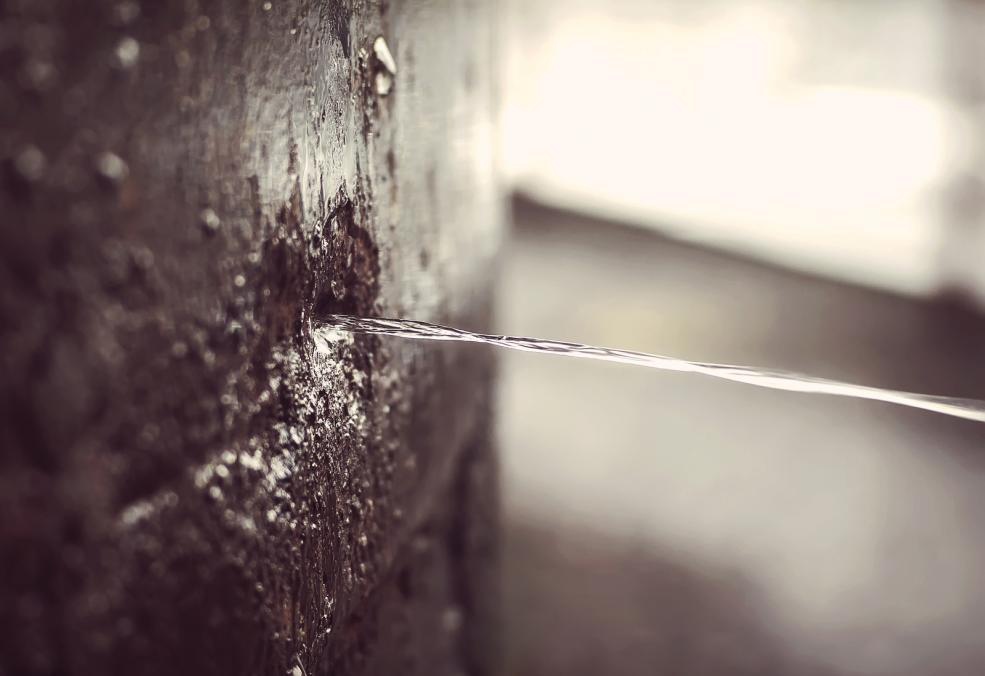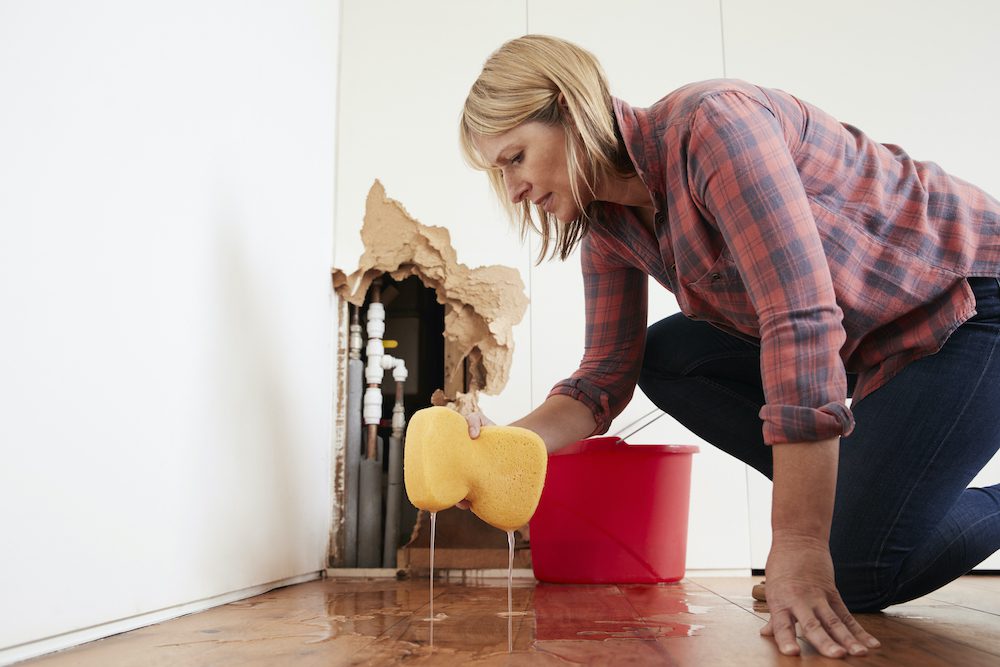We have discovered the article on Leaking water lines below on the internet and concluded it made sense to relate it with you on this site.

Early detection of leaking water lines can reduce a potential disaster. Some little water leaks may not be noticeable.
1. Check Out the Water Meter
Every residence has a water meter. Inspecting it is a surefire manner in which assists you uncover leakages. For starters, turn off all the water sources. Make sure no one will purge, use the tap, shower, run the cleaning machine or dishwashing machine. From there, most likely to the meter and watch if it will alter. Since no person is using it, there must be no activities. That indicates a fast-moving leak if it relocates. If you find no modifications, wait an hour or two and also inspect back once again. This implies you might have a sluggish leak that can also be underground.
2. Inspect Water Consumption
If you spot sudden adjustments, despite your usage being the very same, it means that you have leakages in your plumbing system. A sudden spike in your costs suggests a fast-moving leakage.
A stable increase every month, also with the same routines, reveals you have a sluggish leak that's additionally gradually intensifying. Call a plumber to extensively examine your property, particularly if you really feel a cozy area on your floor with piping underneath.
3. Do a Food Coloring Test
When it comes to water intake, 30% comes from toilets. If the color in some way infiltrates your dish throughout that time without flushing, there's a leak between the container and dish.
4. Asses Exterior Lines
Don't fail to remember to inspect your outside water lines as well. Examination spigots by attaching a garden pipe. Needs to water permeate out of the link, you have a loosened rubber gasket. Change this and also make certain all connections are tight. It will certainly aid get it expertly took a look at and preserved yearly if you've got a lawn sprinkler system. One tiny leakage can lose lots of water and also increase your water costs.
5. Examine the scenario and also inspect
Home owners should make it a habit to examine under the sink counters as well as also inside cabinets for any bad odor or mold growth. These 2 warnings suggest a leak so punctual interest is needed. Doing routine assessments, even bi-annually, can save you from a major problem.
Much more significantly, if you recognize your home is already old, maintain a watchful eye on your heating systems, pipes, pipes and so on. Look for discolorations and weakening as the majority of appliances and also pipes have a life span. They will likewise normally weaken as a result of wear and tear. If you presume dripping water lines in your plumbing system, don't await it to intensify. Call an expert plumber immediately so you don't wind up with an awful mess in your home.
Early detection of leaking water lines can minimize a prospective calamity. Some little water leaks may not be visible. Checking it is a surefire means that helps you discover leakages. One small leak can squander lots of water and surge your water costs.
If you presume dripping water lines in your plumbing system, don't wait for it to intensify.
How to Know If Your Home Has a Hidden Leak
Water Meter Reveals Inexplicable Water Usage
If you’d like to test whether or not there’s a leak somewhere in your home, you can do this using your water meter. Here is how to conduct the test:
Don’t use any water in your home for at least 30 minutes; this also means not turning on faucets or water-using appliances.
Go outside, and check your water meter for activity.
If your water meter shows that there was activity, even though no one was using any water, this proves that there is a leak in your home.Visible Mold or Mildew Growth
Leaks behind walls create moist, dark environments that allow mold and mildew to grow and thrive. Eventually, you might see mold growth forming on the wall closest to a hidden leak.
If mold is growing in an area that receives a high amount of moisture, such as a bathroom, it may simply be an indication that better ventilation is needed. However, if you see mold growth on a wall or the ceiling in an area where you would not expect, you probably have a hidden leak.
Musty, Mildew Odor
Sometimes you might not be able to see the mold or mildew that is growing as a result of a leak. However, the smell can give the problem away just as easily. If you catch a whiff of something musty, there’s a good chance that old water is collecting somewhere in your home that you can’t see.
Stained/Warped Walls, Ceilings, or Floors
When your home soaks up water, a variety of red flags can become visible, including ceiling stains, bubbling drywall, warped walls, and sagging floors. While these issues can be caused by excess humidity, they can also be signs that a pipe or plumbing connection has started leaking behind your walls.
Inexplicably High Water Bill
After a while, you get a general sense for what your water bill should be. If you own a pool or sprinkler system, your bill will tend to be higher during summer. However, if you receive a water bill that seems especially high, and you can’t figure out what caused it, then you may have a hidden leak somewhere that’s increasing your bill.
https://www.plumbingjoint.com/blog/2019/july/how-to-know-if-your-home-has-a-hidden-leak/

Do you really like more info about Finding hidden leaks? Place a comment directly below. We would be interested to know your opinion about this post. Hoping to see you back again soon. Please set aside a second to share this blog entry if you enjoyed reading it. Thank you for your time. Come back soon.